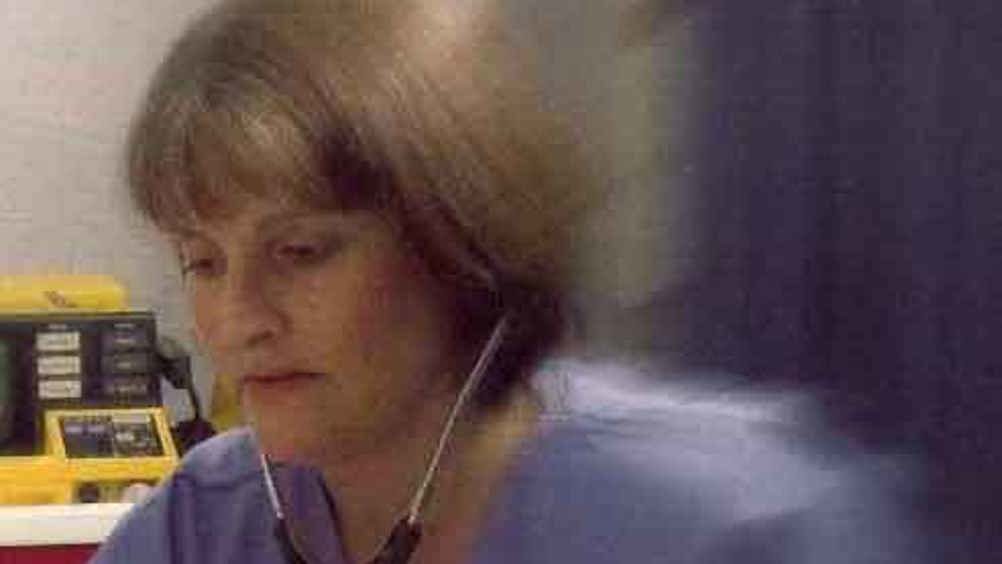Fighting infection
US researchers have developed an innovative nanodiamond-insulin complex that could be used in gels, ointments, bandages or sutures to accelerate wound healing.

Bacterial infection is a major health threat to patients with severe burns and other kinds of serious wounds such as traumatic bone fractures.
Insulin, however, can be used to accelerate the healing of wounds by acting as a growth hormone, encouraging skin cells to proliferate and divide, increasing blood flow to the wound, suppressing inflammation and fighting infection.
Now, using nanodiamonds, researchers at Northwestern University led by Dean Ho, an assistant professor of biomedical engineering and mechanical engineering, have demonstrated a new way to release the curative hormone at specific locations over a given period of time. The nanodiamond-insulin clusters they have developed to do this could be used in gels, ointments, bandages or suture materials.
The effectiveness of the clusters take advantage of the fact that at a wound site, skin pH levels can reach very basic levels during the repair and healing process. The insulin, bound firmly to the tiny carbon-based nanodiamonds, is released when it encounters those levels. The researchers also found that the insulin is slowly and consistently released from the nanodiamond clusters over a period of several days.
Register now to continue reading
Thanks for visiting The Engineer. You’ve now reached your monthly limit of news stories. Register for free to unlock unlimited access to all of our news coverage, as well as premium content including opinion, in-depth features and special reports.
Benefits of registering
-
In-depth insights and coverage of key emerging trends
-
Unrestricted access to special reports throughout the year
-
Daily technology news delivered straight to your inbox










UK Enters ‘Golden Age of Nuclear’
The delay (nearly 8 years) in getting approval for the Rolls-Royce SMR is most worrying. Signifies a torpid and expensive system that is quite onerous...